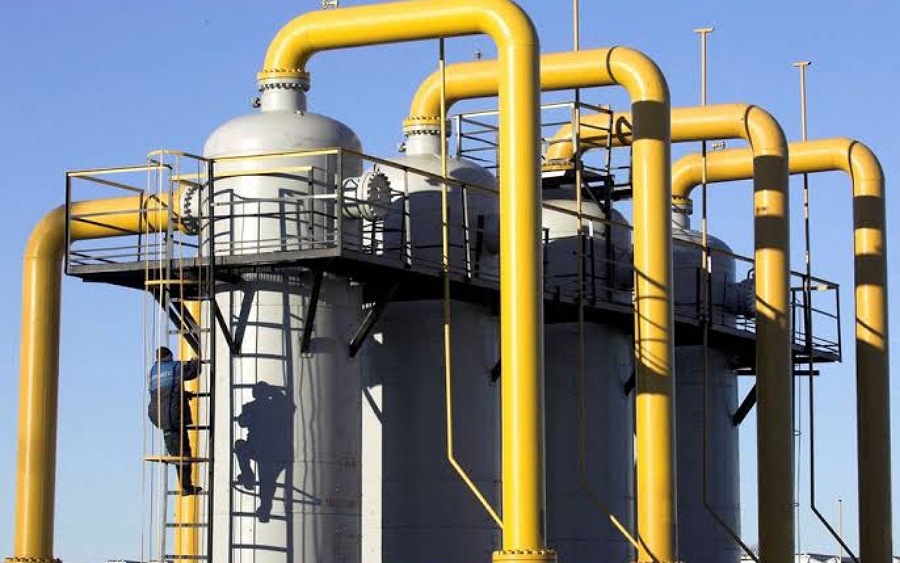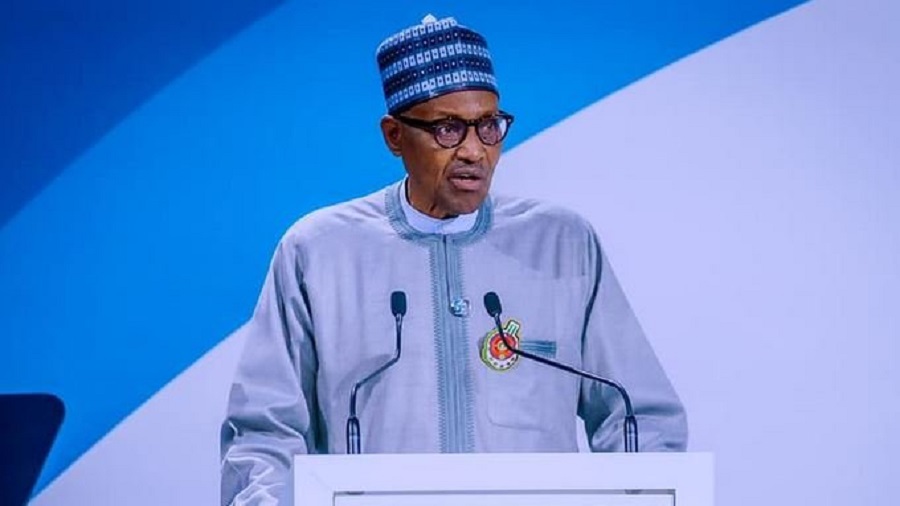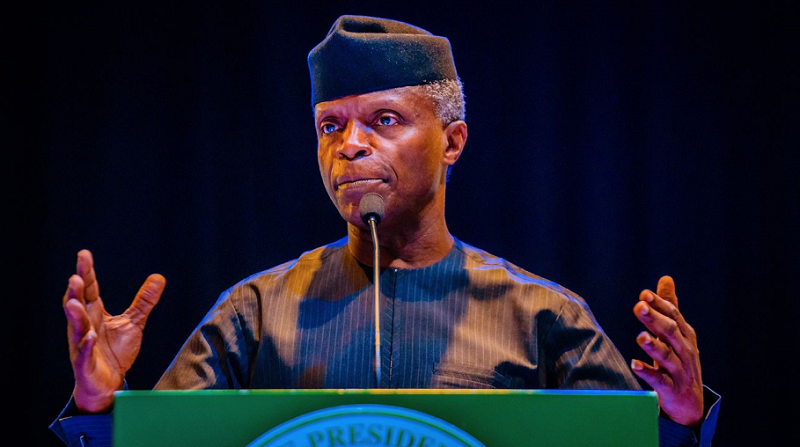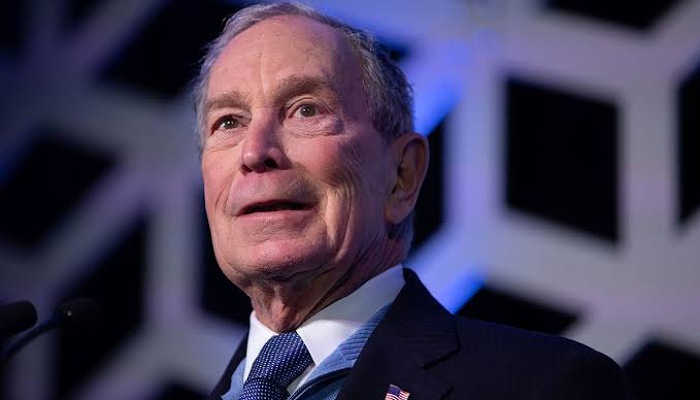The World Bank, the Global Energy Alliance for People and Planet (GEAPP), and the African Development Bank (AfDB) were just a few of the organizations that were present during Nigeria’s virtual launch of its Energy Transition Plan in August 2022. The event presented a roadmap for Nigeria’s journey to net zero by 2060.
Net Zero Climate defines net zero as a state in which the greenhouse gases going into the atmosphere are balanced by the removal of such gases out of the atmosphere.
Highlights of the Energy Transition Plan
- Nigeria’s Energy Transition Plan will need $410 billion for implementation across the country
- The World Bank and Sun Africa have pledged $1.5 billion each to support the plan implementation
- The Energy Transition Plan has a roadmap that stakeholders need to implement every year until 2060
- The plan contains several important goals like ending gas flaring, developing climate-smart agriculture, increasing off-grid solar adaptation, reforestation, improved electricity grid, energy efficiency adaptation, as well as conditional and unconditional emissions reductions.
Background for a Net Zero Plan
According to the 2022 Africa Energy Outlook from the International Energy Agency, Africa contributes less than 3% to the global greenhouse gas emission (GHGs), meanwhile, Nigeria emits million tons of CO2, which is about 0.1% of global GHGs. However, the United Nations’ Intergovernmental Panel on Climate Change has emphasized the pressing need for climate adaptation in Africa. This is due to the fact that some parts of Africa have experienced widespread loss and damage related to biodiversity loss, flooding, water shortages, reduced food production, loss of lives, and reduced economic growth.
In September 2022, Nigeria’s Vice President, Prof. Yemi Osinbajo took a delegation to the United States to meet international bodies and the US government to seek financial support for the implementation of Nigeria’s Energy Transition Plan. Finance is an important part of building resilient energy systems in Nigeria, and so are these other factors;
- Research and Development – Nigeria has proven to be fully aware of the implications of approaching the future with old habits when it comes to the energy transition. So, it is only valid that stakeholders focus on ensuring that adequate support is given to partnerships and collaborations for the transfer of skills and knowledge in the development of energy security systems. Stakeholders need to make use of available financing to also provide support to energy researchers and connect local institutions of learning with resources to learn more about creating a sustainable energy future for Nigeria.
- Regional Integration – The African Continental Free Trade Area is a great channel for improving the security of energy supplies between African countries. If Nigeria maximizes the opportunities the AfCFTA presents and solves the challenges negatively impacting the development of a sustainable regional energy market, the country will benefit in more ways than one.
- Local Awareness Campaigns – The Global Commission on People-Centered Clean Energy Transitions at the International Energy Agency has often stated that people are the main drivers of the energy transition. Nigeria’s focus should be on people, especially those with no access to formal education and those who are still making use of traditional biomass to meet their daily needs. The IEA makes it clear that if the people are not directly involved in the energy transition plan of any country, there will be a mass adaptation of strategies and policies.
- Strengthening Individual Financial Capabilities – Nigerians need to be individually prosperous in order to afford to pay for the energy they consume. If energy policies are implemented and people are struggling to meet basic needs, other challenges will arise. Nigeria is yet to generate enough electricity to meet growing demand due to a number of challenges, one of which is the inability of consumers to pay for the electricity they use. The International Energy Agency says that 600 million people, or 43% of the total population, lack access to electricity, most of them in sub-Saharan Africa. IEA analysis further shows that extending national grids is the least costly and prudent option for almost 45% of people gaining access to electricity by 2030. But who carries the weight of payments for services, if Nigerians are too poor?
- Tackling Threats to Life and Property – If Nigeria will achieve the goals laid out in the Energy Transition Plan, every threat to life and property should be tackled by the government. This is due to the fact that non-state actors are unreliable and could cause harm to key energy infrastructure. Actions like these do not only impact the lives of consumers of those energy sources, but they also pose a threat to future energy investments in the country.
What they are saying
In implementing the energy transition plan, there is a need for Nigeria to realize that investment in infrastructure and attention to proper regulation of carbon-intensive behaviors will be key.
Lawyer and Energy-Climate Analyst, Oghosa Erhahon told Nairametrics that for Nigeria’s energy transition plan to be effective, actions that lead to penetration of the circular economy, as well as energy transition education, have to be top priorities.
“If Nigerians are not properly educated on what the energy transition means, how will they make the right decisions or exhibit behaviors that are energy efficient?
“If for instance, two relatives are heading to the same destination, making use of two separate vehicles only contributes further to carbon emissions,” she said.
Erhahon also said that for the energy transition plan to be effective, the Nigerian government has to regulate the use of internal combustion engine (ICE) vehicles and diesel generators. In the United Kingdom for instance, there is a checklist for ICE vehicles to ensure roadworthiness and limit the amount of carbon these cars are emitting.
On the subject of financing, the government is actively seeking partners to invest in Nigeria’s energy transition plan. But past policies that are yet to be fully implemented might work against such efforts.
As Nigeria welcomes a new government administration in 2023, the litmus test will be what the new government prioritizes, says Jide Pratt, an energy stakeholder in Nigeria’s midstream and downstream sectors.
Mr. Pratt says Nigeria’s policy inconsistency might work against it when it comes to seeking financial support from the international community.
“I don’t think the international community would fund our plan because we do not honor contracts. The Petroleum Industry Act is extremely clear on subsidies, yet, we have already reneged on this, bearing in mind it took 12 years for the bill to become an act.”
Also setting Key Performance Indicators (KPIs) and measuring them could be a problem as we have seen the same scenario play out in past policies like the Gas Master Plan, Vision 2020, and the Decade of Gas.
Measuring where the energy transition plan will be in the coming years, Mr. Pratt says Nigeria’s inability to solve glaring problems in due time will not encourage much-needed investments for the plan implementation, and in 10 years, we may not have made measurable progress.


















